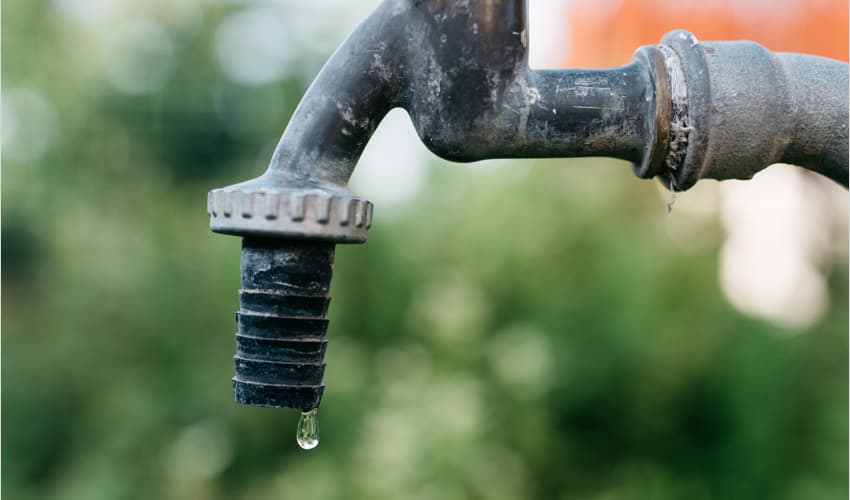What are your beliefs about How Fast Water Damage Can Ruin Your Home?

Leaks not only create waste of water however can likewise cause unneeded damage to your home and also promote unwanted natural growth. By understanding and also looking for daily situations that create leakages, you can protect your residence from future leaks and also unneeded damage.
Instantaneous temperature adjustments.
Extreme temperature modifications in our pipes can create them to broaden and acquire unexpectedly. This growth and tightening may trigger cracks in the pipelines, especially if the temperature level are below freezing. If you kept an eye on exactly how your plumbing functions, it would be best. The existence of the formerly mentioned circumstances frequently suggests a high risk.
Corroded water systems
This could be the cause of discoloration or warping on your water pipelines. If our plumbing system is old, take into consideration changing the pipelines given that they are at a higher danger of deterioration than the newer designs.
Defective Pipeline Joints
The point at which your pipes attach is regularly the weakest web link in the waterline. Pipeline joints can wear away in time, resulting in water leakages. The majority of pipeline joints are not easily noticeable. If you have loud pipes that make ticking or banging sounds, especially when the hot water is switched on, your pipe joints are probably under a great deal of pressure. It is recommended to have your plumber examine your system yearly.
Encroaching roots
Many water leakages begin outside the house as opposed to inside it. If you observe an abrupt decrease in water stress, say in your faucet, take time to go out and analyze your backyard. You may notice wet spots or sinkholes in your yard, and that might mean that tree roots are attacking water lines triggering water to seep out. You can have your plumber look for invasion, specifically if you have trees or shrubs near your residential or commercial property.
Poor Water Connectors
At times, a leakage can be triggered by loose hoses and pipelines that supply your home appliances. In situation of a water links leakage, you may see water running straight from the supply line or pools around your appliances.
Blocked Drains
Obstructed drains pipes may be bothersome and also inconveniencing, yet they can sometimes wind up triggering an overflow causing burst pipelines. Maintain removing any type of products that may go down your drains that might obstruct them to stay clear of such hassles.
All the above are reasons for leaks yet not all water leakages result from plumbing leaks; some leakages could come from roofing system leakages. All leaks need to be fixed immediately to prevent water damages.
Leakages not just create waste of water however can also create unneeded damage to your home and advertise undesirable natural development. By recognizing and looking for everyday situations that cause leaks, you can safeguard your house from future leaks as well as unnecessary damage. Today, we will look at 6 leakage triggers that may be causing your pipes to drip.
At times, a leakage can be created by loose hoses and also pipes that supply your devices. In case of a water connections leak, you might discover water running straight from the supply line or puddles around your appliances.
How To Check For Water Leak In Your Home
How To Check for Leaks
The average household's leaks can account for nearly 10,000 gallons of water wasted every year and ten percent of homes have leaks that waste 90 gallons or more per day. Common types of leaks found in the home are worn toilet flappers, dripping faucets, and other leaking valves. These types of leaks are often easy to fix, requiring only a few tools and hardware that can pay for themselves in water savings. Fixing easily corrected household water leaks can save homeowners about 10 percent on their water bills.
To check for leaks in your home, you first need to determine whether you're wasting water and then identify the source of the leak. Here are some tips for finding leaks:
Take a look at your water usage during a colder month, such as January or February. If a family of four exceeds 12,000 gallons per month, there are serious leaks.
Check your water meter before and after a two-hour period when no water is being used. If the meter changes at all, you probably have a leak.
Identify toilet leaks by placing a drop of food coloring in the toilet tank. If any color shows up in the bowl after 10 minutes, you have a leak. (Be sure to flush immediately after the experiment to avoid staining the tank.)
Examine faucet gaskets and pipe fittings for any water on the outside of the pipe to check for surface leaks.
Undetected water leaks can happen without the home or business owner even realizing. If you suspect a water leak, but not able to find the source. It is time to contact a professional water leak detection service, The Leak Doctor.
How To Find a Water Leak In Your Home
https://www.leakdoctor.com/blog/How-To-Check-For-Water-Leak-In-Your-Home_AE197.html

I was made aware of that article about How to Find Water Leaks from a friend on another web page. Are you aware of somebody who is involved in the subject? Feel free to promote it. We truly appreciate reading our article about How to Find Water Leaks.
For top results, contact!